General Purpose Transducer Amplifier
Advanced Transducer Amplifier
Operates with a wide variety of transducers
The DA100C is a very low noise and drift differential bridge amplifier that will operate with a wide variety of transducers, including: blood pressure (BP), pressure, force, strain, displacement, thermocouples, piezo sensors, light sensors, microphones and nearly any other active or passive sensor or transducer. The DA100C provides variable gain settings, offset control for baseline zeroing and adjustable voltage references for activating passive transducers.
In addition to BIOPAC transducers, the DA100C can also be used with a transducer connector interface for third-party transducers. See the TCI Series for more than 15 interface options, including a custom interface kit.
MRI Use: Conditional—DA100C amplifier must be placed in the MR Control room and some setups also require MECMRI-DA cable/filter set, others work with tubing passed through waveguide.
See More...
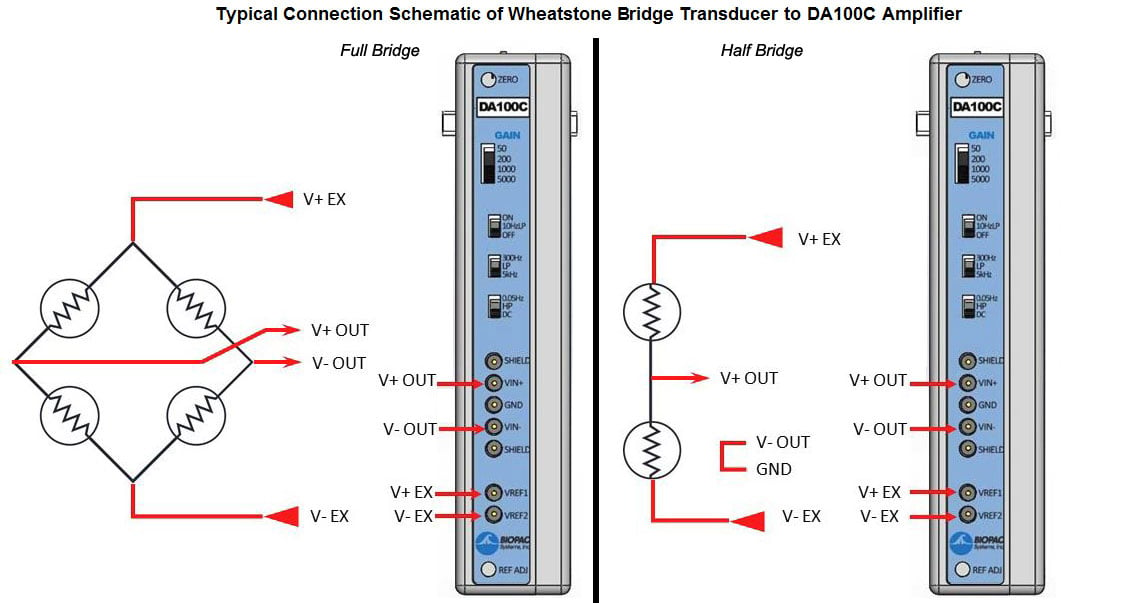
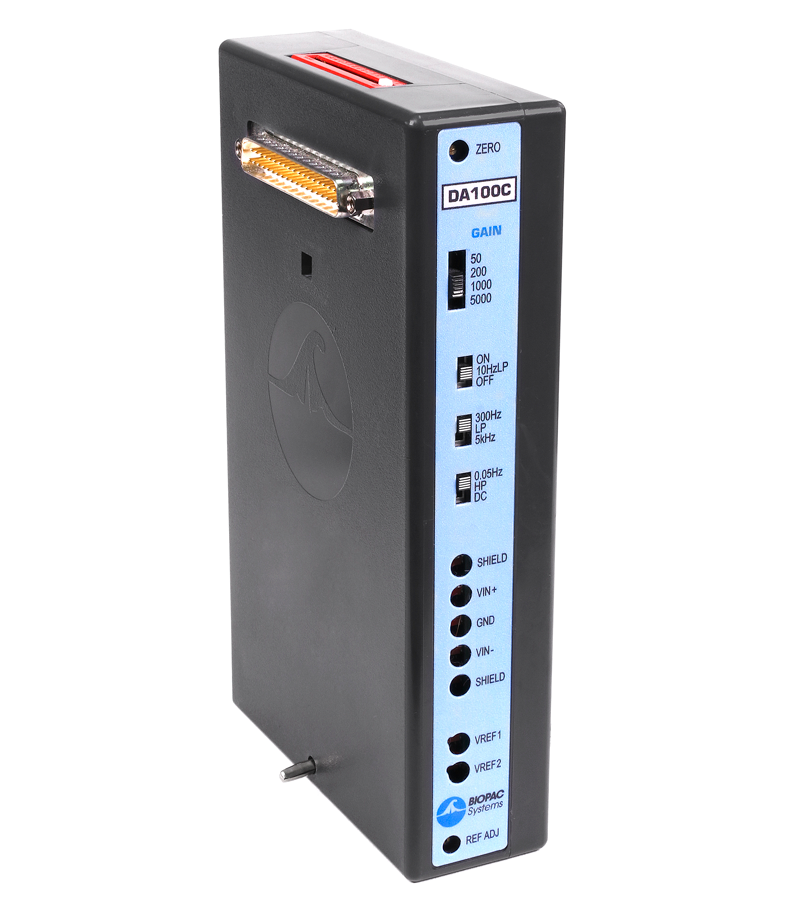



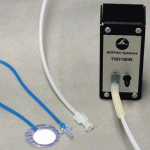
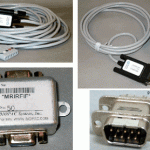
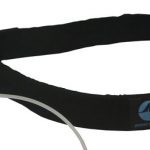
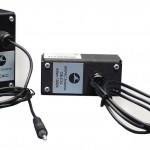
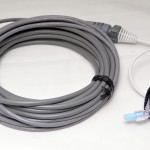
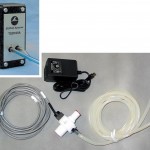
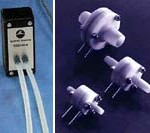
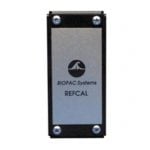
Stay Connected